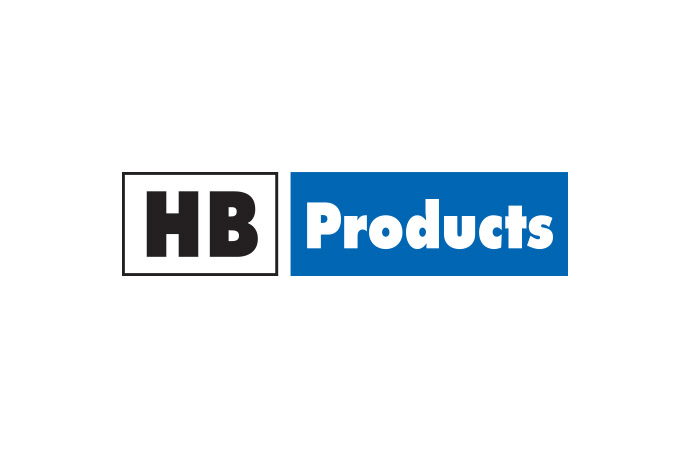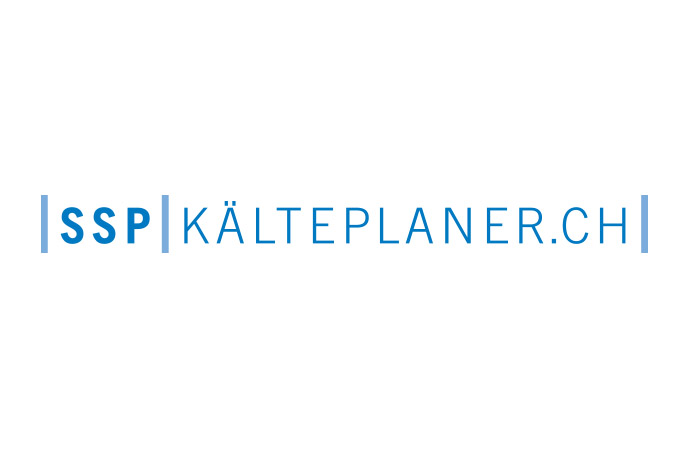The Australian Institute of Refrigeration, Air-conditioning and Heating (AIRAH) held a skills workshop on risks and safety measures of ammonia refrigeration. Strict requirements to avoid high-level ammonia air-mixtures and explosions related to hazardous electrical equipment have to be met. Update: The second workshop identified key elements of emergency plan and listed necessary protective gear.

Based on the Victorian Code of Practice on Ammonia Refrigeration, the AIRAH’s workshop has provided advice and best practice recommendation for personnel and technicians regarding the safety features and risks of ammonia refrigeration systems.
Air concentration of ammonia can be signalled at low levels that are well below its explosive stage. As it might be difficult to reliably detect ammonia in air at temperatures below freezing, it is essential that a suitable detector is mounted in these conditions. The most likely sources of explosion are related to electrical items. It is therefore important to isolate electrical circuits in a separate, sealed room to avoid possible ignition of ammonia refrigerant. However, certain electrical equipment can be installed in the ammonia plant room as an exception:
- exhaust fan fitted with explosion proof motors
- wiring systems
- explosion proof emergency lighting
Best practices for ammonia refrigeration plant room
The workshop has identified best practices related to ammonia refrigeration plant room construction:
- Fire resistant material for plant room construction should be used
- Minimum 1-hour fire resistance of walls and doors separating ammonia Refrigeration plant room has to be guaranteed
- Natural ventilation or explosion proofed electrical fans in the room should be installed
- Sealed, separate electrical control room should be pressurised to prevent the ingress of dust and ammonia in case of a leakage
- Refrigeration oil should be stored in bounded storage areas undercover and it must not be discharged through sewers
- Surface around and under condensers should be leakproof
- Explosion vents should be installed where reasonable
Maintenance and personal protective equipment
The second AIRAH’s workshop on ammonia safety identified several items necessary for the emergency plan development:
- Consultation with operators, engineers, occupational health and safety advisors
- Manifest including all dangerous substances on site
- Training of emergency personnel
- Provision of emergency resources (e.g. electronic resources, respiratory and skin protection, ammonia detection, wind direction)
Once ammonia refrigerant exceeds 900 kg, it is necessary to ensure that at least one set of breathing apparatus and protective clothing that complies with requirements specified in AS 2022: 2003 Anhydrous ammonia – Storage and handling, is provided. Full-face canister respirator is required on sites where ammonia does not exceed 900kg. Other necessary protective equipment and clothing include:
- Portable ammonia gas detectors
- Face-shield shall
- Gas-tight goggles
- Thermal and gauntlet gloves
- Working apparel and protective suit made of material resistant to ammonia
- Shower or bath and eye fountain shall
- Rubber boots
AIRAH has been providing industrial ammonia refrigeration and ammonia emergency training to industry for the past nine years and is dedicated to developing industry driven courses that are suitable for trades people through to engineers and management staff.
MORE INFORMATION
Related stories
















_1522327086.png)

